The feeding of big cats like lions, tigers, and leopards in captivity is a topic that often sparks a spirited debate among animal welfare experts, zookeepers, and the general public. This discussion encompasses a wide range of issues, from dietary needs to ethical considerations. Here, we delve into the multifaceted aspects of this debate to gain a better understanding of how and why these majestic creatures are fed in captivity.
The Nutritional Needs of Big Cats
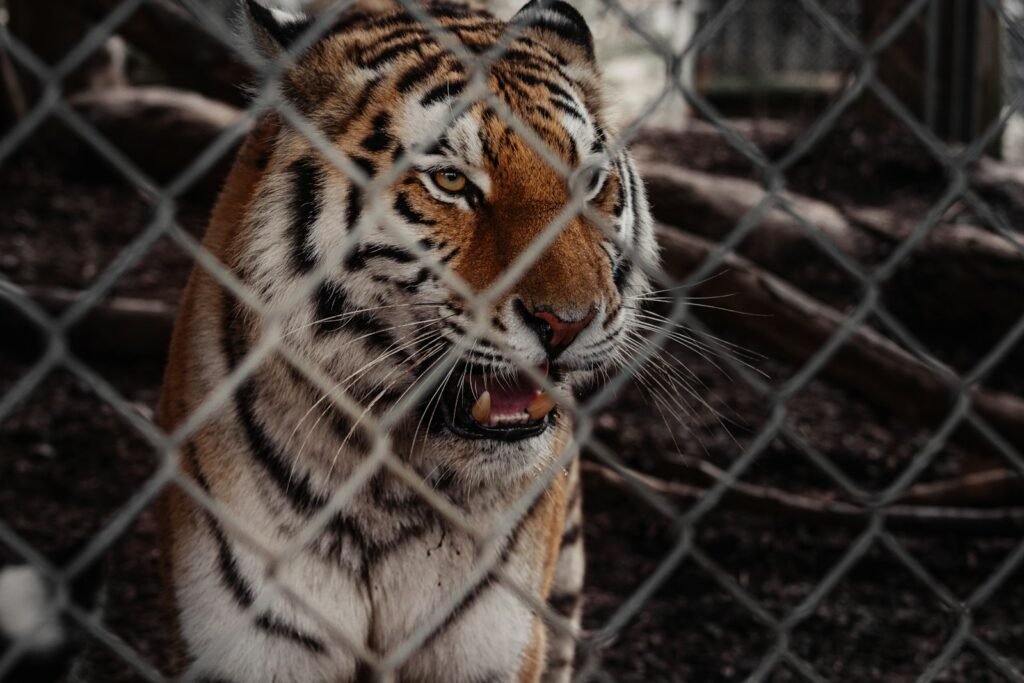
Big cats are obligate carnivores, which means their diet in the wild consists almost entirely of meat. They require a high-protein, high-fat diet that provides them with essential nutrients like taurine, which they cannot synthesize on their own. Captive diets must mimic these nutritional needs to ensure the health and wellbeing of the cats.
Raw Meat vs. Processed Diets
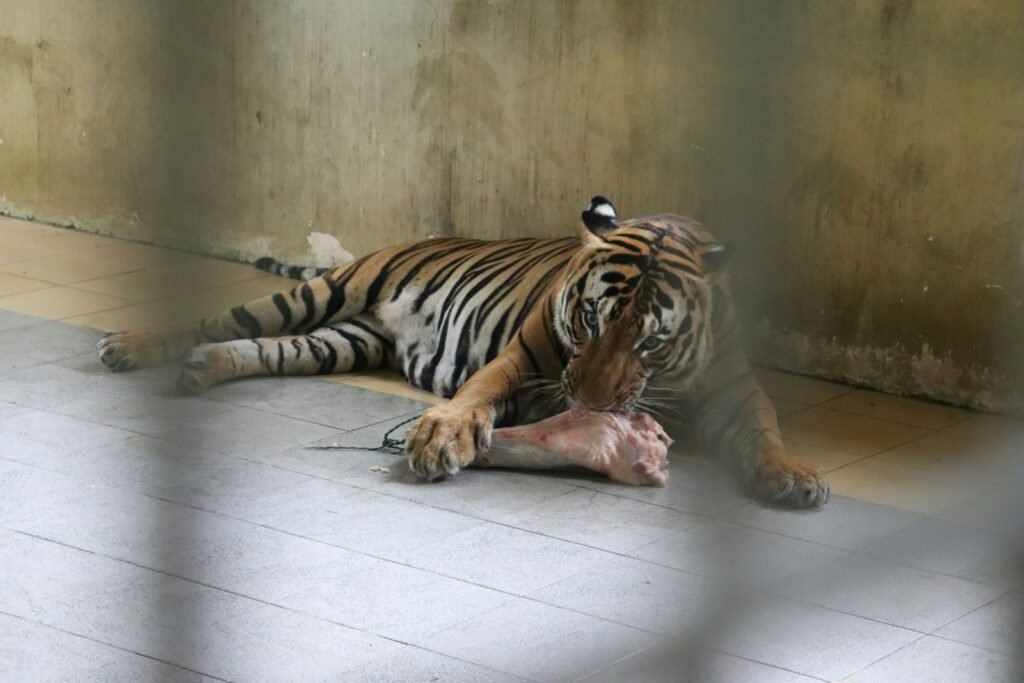
One of the major discussions in feeding big cats in captivity revolves around whether to provide them with raw meat or specially formulated processed diets. Raw meat is argued to be more natural and closer to what cats would eat in the wild, while processed diets are often fortified with necessary vitamins and minerals. Each approach has its advocates and critics.
Addressing Health Concerns
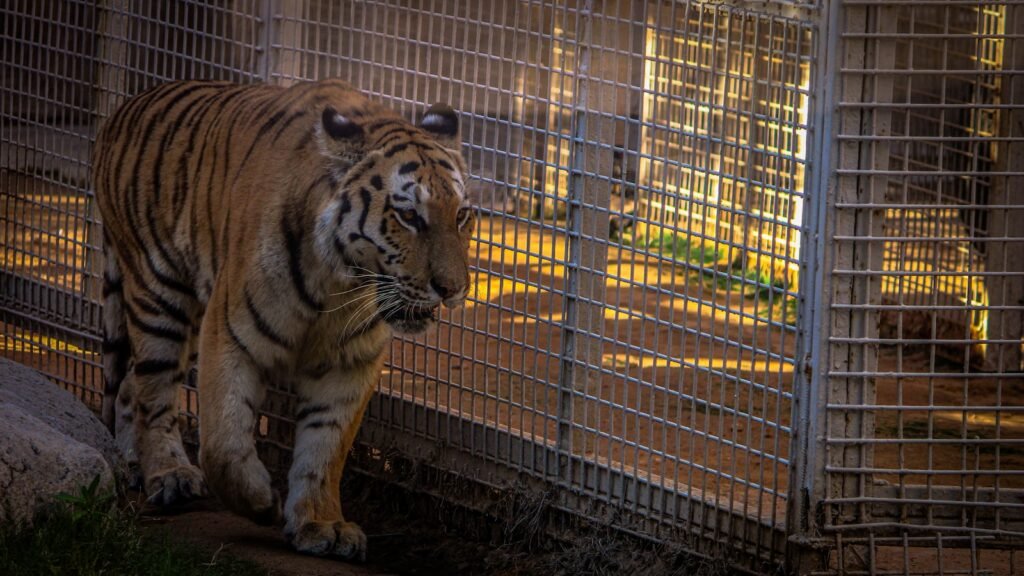
Feeding big cats in captivity requires careful attention to avoid health problems such as obesity, dental issues, and nutrient deficiencies. Inadequate diets can lead to a host of problems, including metabolic bone disease and organ dysfunction. Regular health checks and dietary adjustments are crucial to maintaining optimal health.
Ethical Considerations
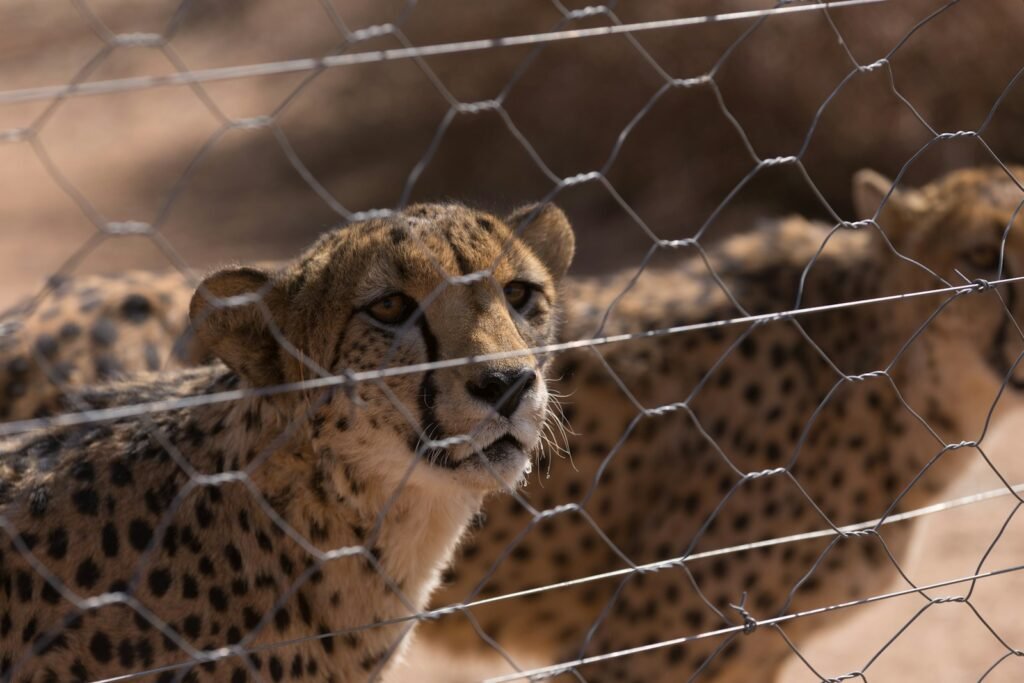
The ethical implications of keeping and feeding big cats in captivity cannot be overlooked. Critics argue that keeping these animals in unnatural environments fundamentally alters their behavior and deprives them of a natural lifestyle. Proponents, however, argue that well-managed captivity can ensure species survival and serve educational and conservation purposes.
Environmental Enrichment and Feeding
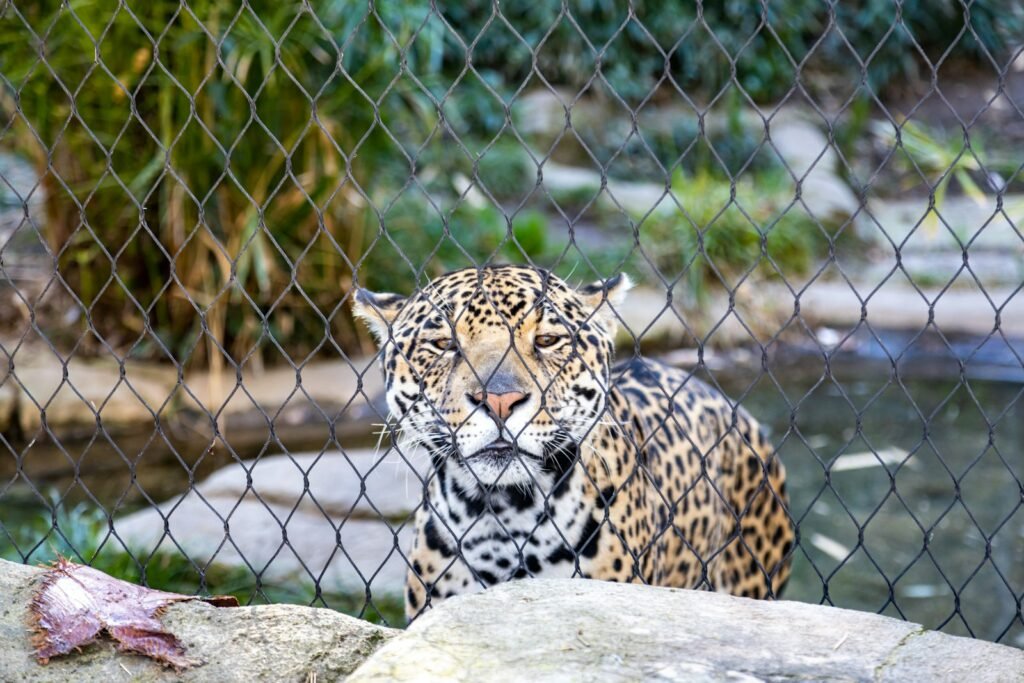
Environmental enrichment plays an essential role in the feeding of big cats in captivity. Rather than simply providing food, zoos and sanctuaries often use feeding as an opportunity to foster natural behaviors. This can include hiding food to encourage hunting instincts or providing food in puzzle feeders that challenge the cats both physically and mentally.
Simulating Wild Feeding Practices
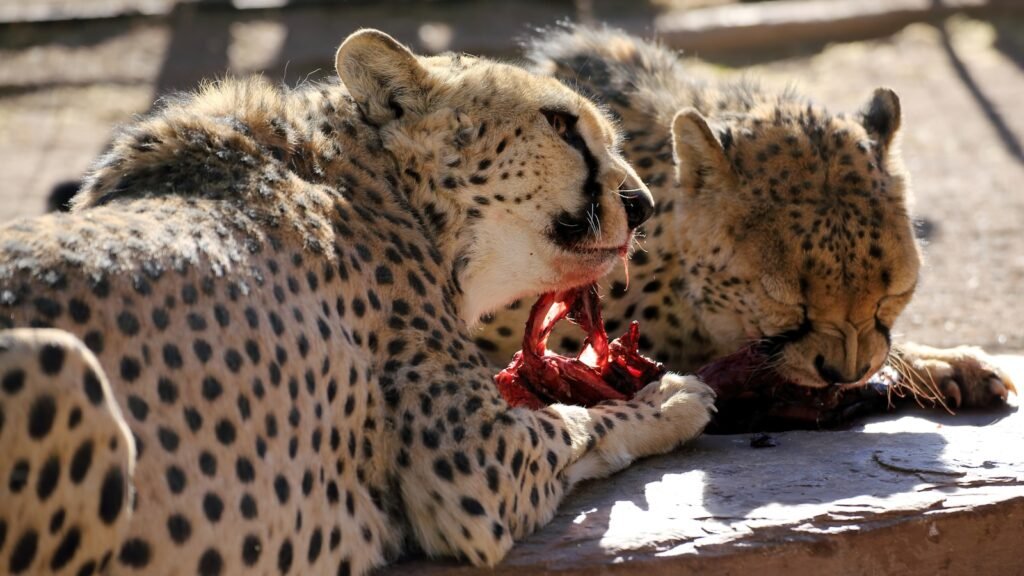
In an effort to simulate wild feeding practices, some facilities incorporate fasting days to mimic the natural feast and famine cycles experienced by big cats in the wild. This approach advocates that such practices help improve the animals’ physical health and psychological wellbeing.
The Role of Zoos and Sanctuaries

Zoos and sanctuaries play a significant role in determining how big cats are fed. Their primary goals include animal welfare, conservation, education, and research. Each institution may have slightly different feeding protocols based on these objectives, influencing the range of opinions on the best practices for feeding big cats.
Public Opinions and Misconceptions
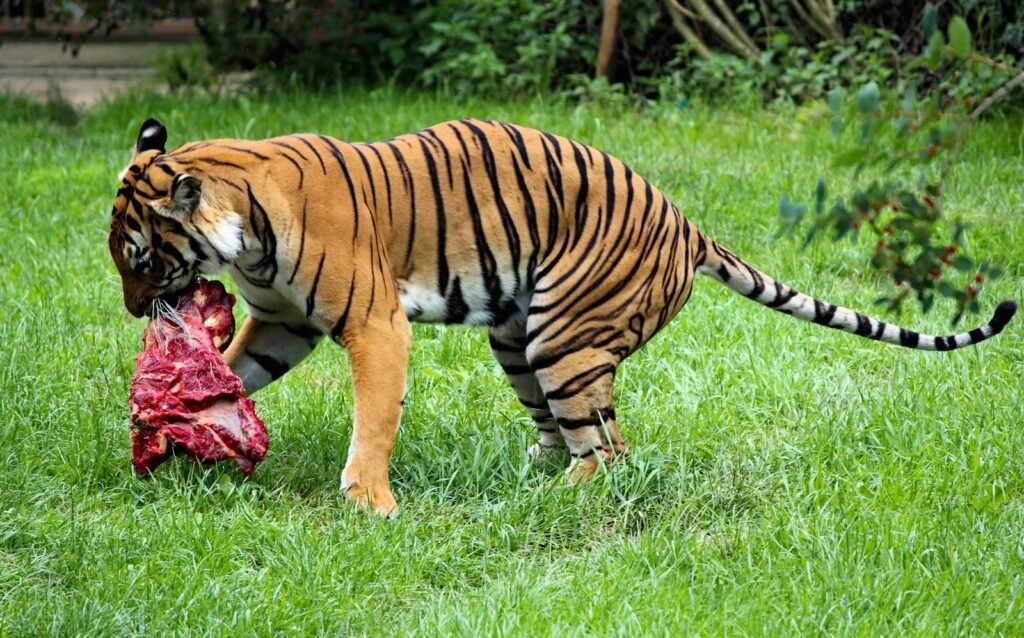
The general public often has strong opinions about how big cats should be fed, influenced by popular media and animal rights campaigns. Misconceptions about the nature of big cat diets can lead to a lack of understanding about the complexities involved in properly feeding these animals in captivity.
Conclusion: Striking a Balance
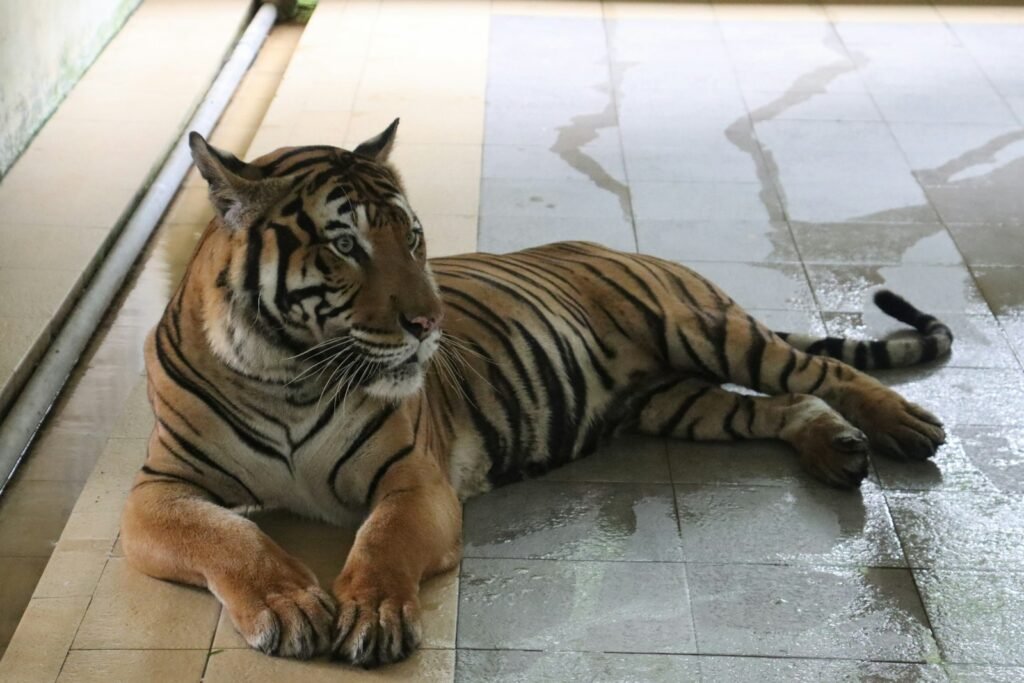
Ultimately, the debate over feeding big cats in captivity boils down to striking a balance between meeting their nutritional and psychological needs while considering ethical implications. Ongoing research and open dialogue among experts, stakeholders, and the public continue to shape practices designed to improve the welfare of these powerful predators in captivity.

Growing up traveling and experiencing new cultures and wonders, I have had a passion for nature, adventuring, photography, and videography. I am currently working towards a BSc in Biodiversity and Ecology at Stellenbosch University, and I hope to specialise in Marine Sciences one day.
Please send any feedback to Feedback@animalsaroundtheglobe.com






